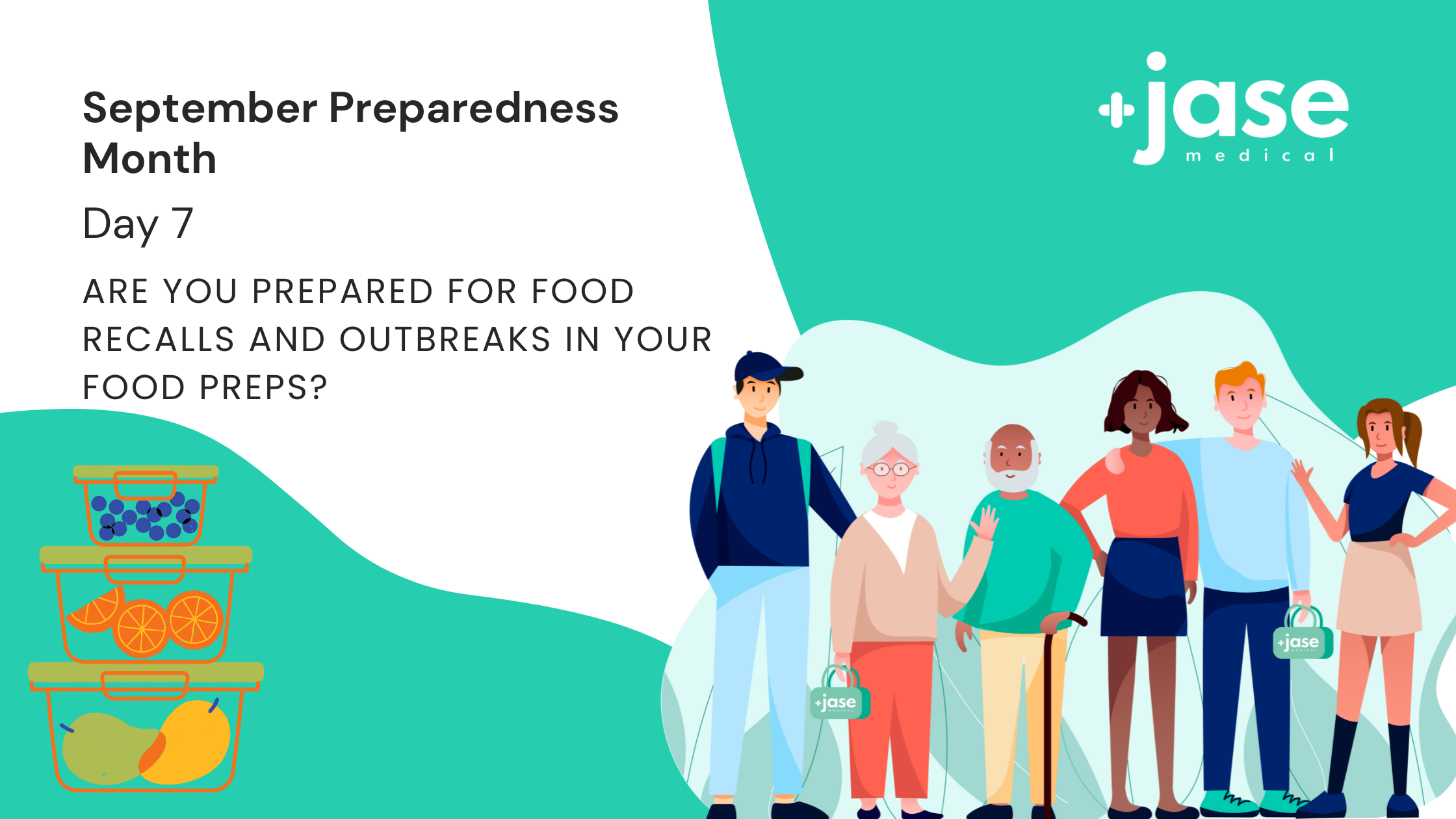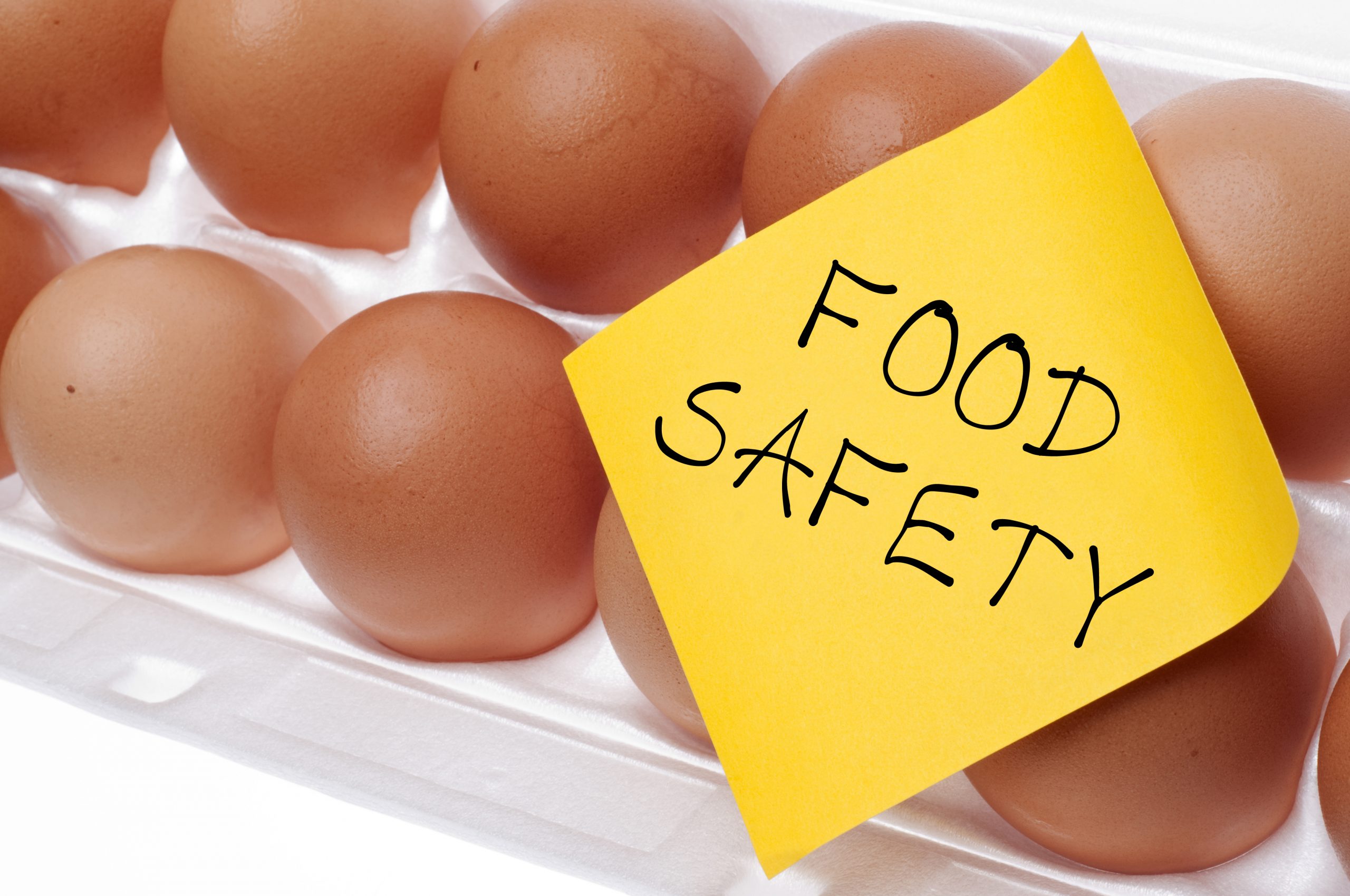

2022 is shaping up to be, at the very least, a challenging year. We are promised food shortages heading into winter, along escalating energy prices, supply chain disruptions causing shortages in our food, gas, construction and plumbing supplies, aluminum shortages and medical supplies and drugs.
Today our focus is on food. Food recalls, outbreaks and food preps. As it stands the US has issued a record number of food recalls and outbreaks. Weather has played havoc on fruit and vegetable crops. Potatoes are now in short supply. Other shortages, such as tomatoes, peaches, wheat, popcorn and even pet food (don’t forget to stock up for your pets) are all adding to the already strained food insecurity we are facing.
What is the difference between a food recall and food outbreak?
Foodborne outbreaks occur when two or more people from different households get sick by eating the same contaminated food or beverage. A food recall is the removal of contaminated products from the market because of a health risk.
Recent foodborne outbreaks include: (From FDA website)
- Ice cream
- Strawberries
- Peanut butter
- Oysters
- Packaged lettuce and spinach
- And many more.
- 37 different breads due to possible bacterial contamination
- Frozen chicken- possible listeria contamination
- Perdue Frozen Ready-To-Eat Chicken Tender Products Due to Foreign Material Contamination
- BrandStorm Inc. is voluntarily recalling frozen blueberries because of the “presence or potential presence” of too much lead
- Consumer complaint about plastic in sausages prompts recall
Solutions
- If you have been following the advice of our government and storing food, you may be wondering what to do if there is a recall on any of the stored food. To begin with, make sure that the item was really recalled. Check batch and lot numbers and any information provided against your stored food. (Use links above for reference)
- Second, have on hand single ingredient foods, foods that need to be combined to make a meal. There is less chance of a single ingredient being contaminated compared to multi-ingredient, prepackaged meals.
- Learn to cook. There are many excellent you tube videos on food storage, how to cook wholesome foods with your preps. One of my favorite is Marys Nest. She has a series called her 4 corners pantry, where she details exactly everything she stores in each part of her kitchen and why.
- Cooking takes time, preparation, and commitment. Make mealtime prep a fun time, a bonding and learning time. Teach your younger family members how to use a measuring cup, how to mix ingredients, explore different foods.
- Be flexible. Ingredients in the future may not be available. Download and post this free ingredient substitutions chart for future reference. You will be amazed at substitutions that you can make that don’t compromise quality. Eggs, baking powder, different sweeteners, flours, are just a few ingredients that can be substituted without anyone knowing the difference.
- Have a plan if the power goes out. Do you have a way to keep your food cold? Keep freezer doors closed, open refrigerator unless necessary. Purchase a thermometer for both the refrigerator and freezer. Most freezers can keep food cold for 24 hours. Check with your model for further guidance. As far as refrigerated food goes, cook, and eat all food that is perishable. Check and make sure your condiments are cool also.
- Remember to have at least 1 month’s food set aside for each of your pets. Also take into account the water they use.
Lifesaving Medications
Recent Posts
Keeping you informed and safe.
Blog
Patient EducationOur mission is to help you be more medically prepared. Stay up-to-date on the latest news in health and preparedness.Categories
The Silent Killer (Part 2)
(Part 2) Part 2 will discuss: Physiology of blood pressure regulation, Medications to help control hypertension Blood pressure regulation is a complex process involving a series of body systems, hormones and input from the nervous system all working together to...
The Silent Killer
Part 1 High blood pressure (HBP) has been called the silent killer and with good reason. It is estimated that at least 20 percent of the population with high blood pressure have no symptoms. In part 1 we will discuss: Symptoms of hypertension Health risks of...

